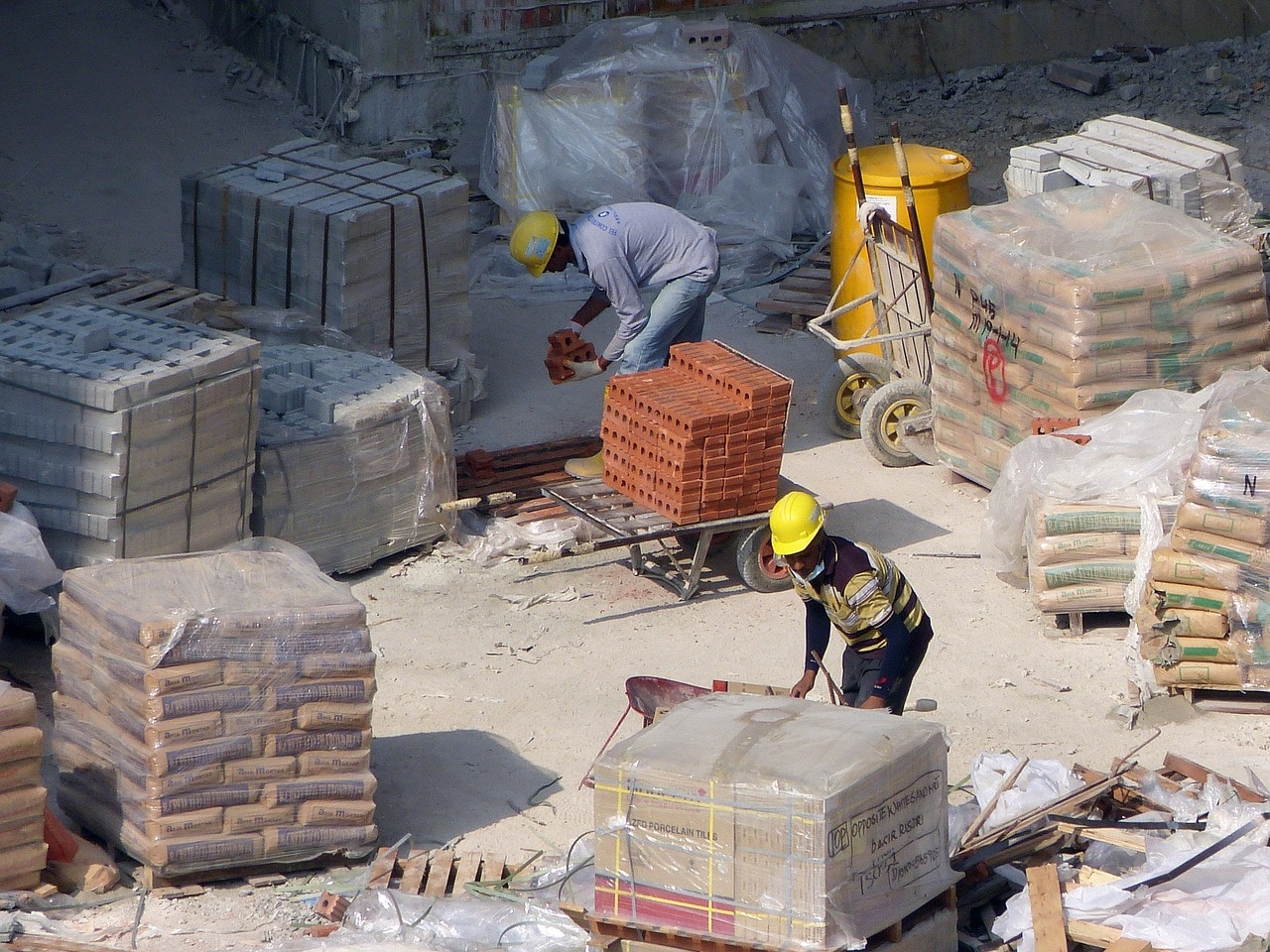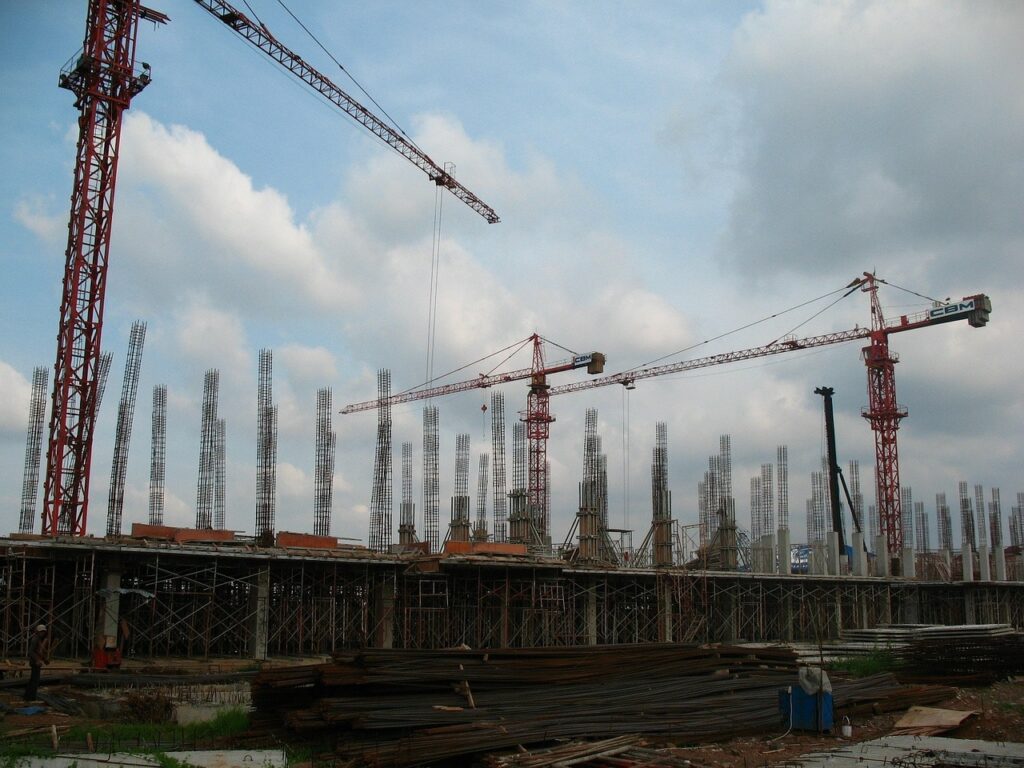Technological juggernauts have completely transformed the stage of engineering and construction projects. From aerial drone mapping to digital blueprints to 3D imaging to managing every facet of the project without even laying a brick has transformed the whole new perspective of designing and construction.
Here are the few innovations that have revolutionized the construction industry, making it one of the slowest-growing sectors to the most exciting and speedy one.
Mechanization:
Dating back to 20-30 years, one of the most significant and extraordinary innovations of the time was the invention of hydraulic and pneumatic devices, which now, has completely changed the way people work. These technologies have reduced the labor work and time which is very important in large-scale projects.
The cherry picker, concrete mixtures, cranes and excavator drill which was introduced in the early 20th century, has now become the most powerful tools of the construction industry. There were hand shovels, wheelbarrows and working animals which now get replaced by the internal-combustion engine.
Previously, the measurements were done manually thereby increasing the risk of errors and more resources. However, automation has changed everything. Today, there are laser-based survey equipment and other high-tech equipment offers limited access drill rigs and other equipment to bring precision in everything.
Software programs:
Task management software’s are designed to keep everything on schedule and to increase productivity, bringing everything in real time. These technologies focus on designing, budgeting, billing and time managing to streamline project from start to finish. Most common techniques used in construction projects are:
BIM (Building Information Management): BIM offers the ability to create a 3D building plan to bring construction schedule in-line. It is quite versatile thereby helping architects, contractors , nd engineers to work on fine details to design and construct everything using a computer model and professional databases.

This technology also allows all project stakeholders and managers to work on the detailed 3D model including functional systems of building like HVAC, aesthetics of windows, roofs and walls as well as other electrical installations unanimously. It also let them visualize designs, pinpoint interferences and find errors while working on a project.
Collaboratively working also reduces time, save resources and minimizes clashes to rectify the plan before executing on the ground. BIM design standards:
- 4D- BIM will add visual clarity to a building plan
- 5D- BIM will add high-end features to 3D BIM for cost and maintenance
- 6D- BIM includes everything from lifecycle management and offers a lot of value to the large projects.
Computer-aided design (CAD):
CAD will provide all constructional details before the execution of the design. Engineers use this software to create a database for production, to increase productivity and to showcase design through proper documentation. It will improve the procurement and performance system, allowing issues to be handled before the physical work begins. As an example, executing a two-dimensional plan and section drawings were previously difficult for architects and builders.
Further, the CAD will reduce the chance of errors and the architects will not go off budget. Different types of CAD software architects use are:
- 2D systems for technical drawings
- 21/2 D system for CNC- controlled machines
- 3D system for wire system, volume and solid models
Blueprint apps:
Gone were the days when architects used to stack files and documents to showcase design of every single room with parameters and dimensions. However, today, main players are application-loaded screens!
These devices pack planning apps that allow client and builder’s to make and change plan digitally. These apps also let parties use the same information source so that no one is out of the loop of construction. There is now real-time analytics so that people can keep track of performance, work conditions and cost of production to report to the authorities. Also, there are no reports, no paperwork, making the project managers keep things on-budget and straightforward.
Off-site fabrication:
Assembling all work-related components piece-by-piece on site is cumbersome and affects the efficiency of the project. However, the off-site fabrication has made things smooth and efficient. For instance, a pump unit constructor which was fabricated away from the location of the project will benefit the site to improve productivity and efficiency.
Read also: Why construction should care about AI
Off-site fabrication also save cost and time by assembling things like pump units, compressors and instrument panels away from the site which otherwise was difficult to assemble due to tools, space restrictions and cost.
By keeping your machinery off-site, you also require less labor and training. The number of hands needed to construct a machine on site could reduce your workforce by as much as 75%, which increases the time it takes to build the actual site. Heavy machinery can also test nearby residents, who have to listen to constant banging and buzzing.
What’s more, teaching workers how to set up and break down machines is difficult, as your workers have to break down and rebuild these machines multiple times a week. It’s better to buy an off-site machine, like the ones from Revelation Machinery, that’s sturdy, reliable, and low-cost.
RTS (Robotic Total Stations):
RTS allow contractors and project associates to perform layout tasks remotely and more efficiently than the traditional conventional mechanical system. In this, you only need one operator to perform everything from calculations to installations and other things. Further, with RTS and tablet equipped software, you can remotely control everything from a distance. It will offer benefits like faster and accurate layouts, improved quality checks, greater accuracy, increased number of inspection, reduced rework, real-time data accessibility, and quicker work completion.
On-site protective equipment:
On-site safety now has become one of the paramount things, which is also backed by legal regulations. While the Personal protective equipment is not a huge advancement in the technological construction industry, it has contributed massively to safety and health as compared to previous years.

Improved and advanced headsets, halo lights, respective uniform and safety glasses have undergone massive changes making the outdated equipment to the modernized ones.
Drones are also in the line promoting safety and regular surveillance to keep an eye on everything. They easily reach a place which is not accessible by humans. They also help in protecting on-site theft and other accidents.
The internet:
The Internet has completely revolutionized the construction industry and has put a huge impact on how today’s architects design, build and construct projects. From RTS, 3D laser technology to survey equipment to cloud-based tools and more, everything is on the Internet. Also, the Internet allows architects, contractors and other stockholders to exchange ideas and communicate before construction.
What’s more to come:
Technological advancements have still not reached its zenith; there are many more jaw-dropping things in the line. You will likely see kinetic flooring technology, which will help in generating electricity and more.
Technologies also help in managing risk in the construction industry even before the construction starts, thereby increasing efficiency and maintaining a safe environment at the job. It has evolved in many industries, and if companies place belts now to these technological advancements, they will become leaders in the years to come.
Guest post written by Barbara Carranza




